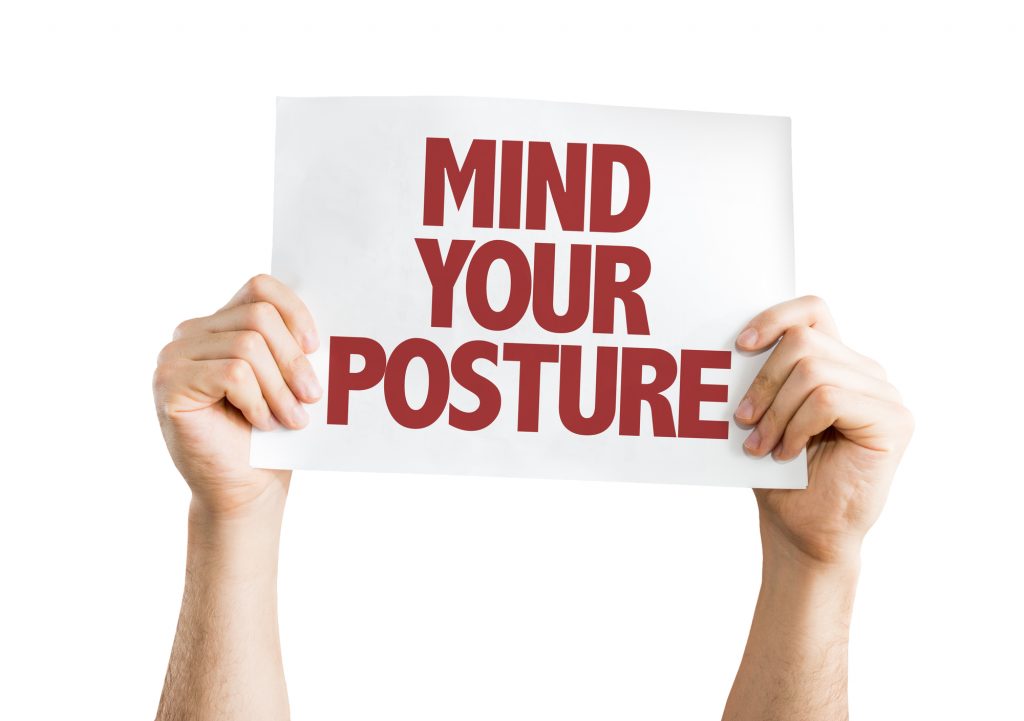Most of us get back pain at some point in our lives. Back pain is one of the most common medical problems in the U.S. It can range from a dull, constant ache to a sudden, sharp pain that makes it hard to move.[1] While it may be a result of sports-related injuries or an accident, most of the time, upper or lower back pain develops during the course of day-to-day life.[2]
One of the most common causes of low back pain is poor posture. Your spine is strong and stable when you practice healthy posture. But when you slouch or stoop, your muscles and ligaments strain to keep you balanced — which can lead to back pain, headaches, and other problems.[3] One of the most important preventative measures you can take to avoid back pain is to sit and stand with correct posture – stop slouching. Poor posture can put excessive pressure on joints, muscles, and discs.
Poor posture may not cause immediate pain. However, over time, it creates stress on your spine that can lead to anatomical changes and cause long-term pain. The effect is cumulative and can be debilitating. Posture is important 247- when standing, sitting, and while doing activities – particularly when texting.
Two-thirds of the world’s population have mobile phones and texting has become the dominant form of communication. Text neck is a new term coined to describe repeated stress injury and pain in the neck resulting from excessive watching or texting on handheld devices over a sustained period of time.[4] Text neck can lead to early wear-and-tear on the spine, degeneration and even necessitate surgery. In addition to neck injuries, the typical position assumed while texting can lead to shoulder pain, upper back pain, headaches, and increased thoracic kyphosis.[5] Children are particularly susceptible as their spines are still developing, so if kept in the wrong position for too long, it may be trained into misalignment.
It’s important to be aware of and improve postural habits while using smartphones and other similar devices. Raise your phone so that your head tilts less, take frequent breaks, and stand up straight. Furthermore, there are stretches and exercises that can increase your neck’s strength and flexibility. However, if you’re already in pain you should visit a professional caregiver. At Divine Spine Yorba Linda, our spine doctor can help diagnose your posture-related issues early and come up with a personalized plan to address the root cause.
Preventatively, the key is to practice good posture all the time. Although good posture should be natural, it may feel stiff or forced if your body is no longer used to it. You can make improvements at any age. Stretching and core strengthening exercises can help, too. However, if you’re already feeling back pain, preventative measures may not be enough. At Divine Spine Yorba Linda, we can help determine the root cause of painful sensations, whether they are in your neck or back.
At Divine Spine Yorba Linda, we are able to treat patients of all ages, children, and adults, with text neck symptoms and back pain. We use a computerized spine therapy program to help minimize, or eliminate back pain. Our computerized treatment system, performed through electronic vertebral alignment (EVA), offers a non-invasive procedure consisting of a precise directed movement to help relieve pain and discomfort, and restore range of motion in the spine. Our treatment plans do not involve any twisting or popping of the spine, nor surgery. We get to the root cause of the issue so that back pain, and text neck, don’t rule your life.
[1] https://www.niams.nih.gov/health-topics/back-pain
[2] https://www.health.harvard.edu/pain/4-ways-to-turn-good-posture-into-less-back-pain
[3] https://www.mayoclinic.org/healthy-lifestyle/adult-health/multimedia/back-pain/sls-20076817
[4] Neupane S, Ifthikar Ali UT, Mathew A. Text-Neck Syndrome- Systemic review.Imperial journal of Interdisciplinary Research 2017;3(7):141-148
[5] https://www.physio-pedia.com/Text_Neck#cite_note-:0-1

